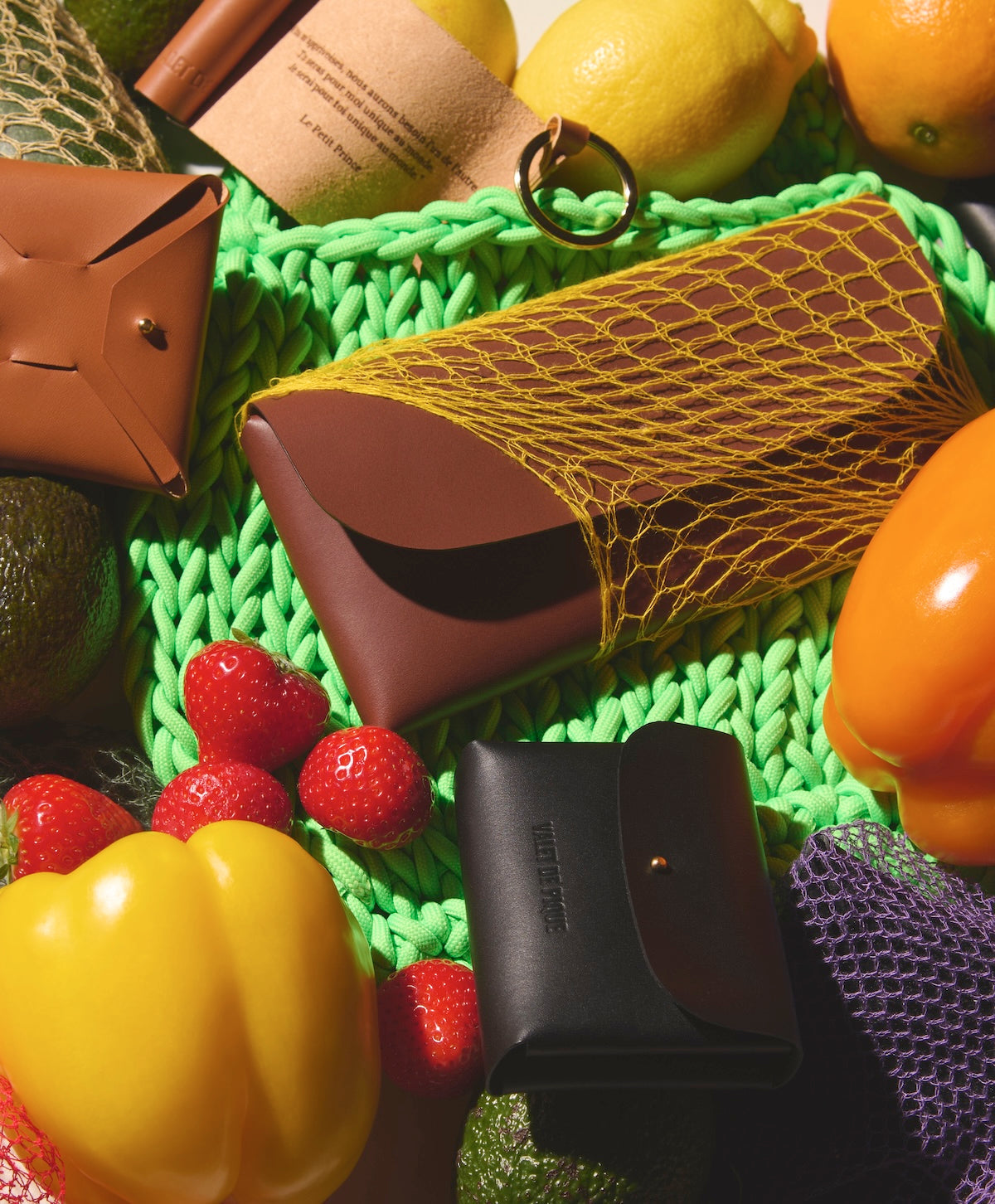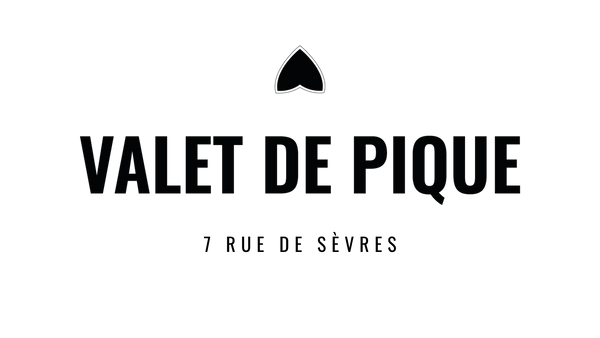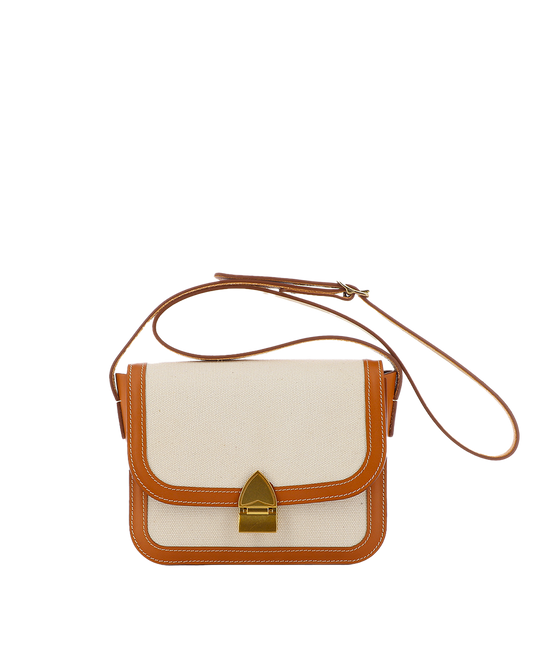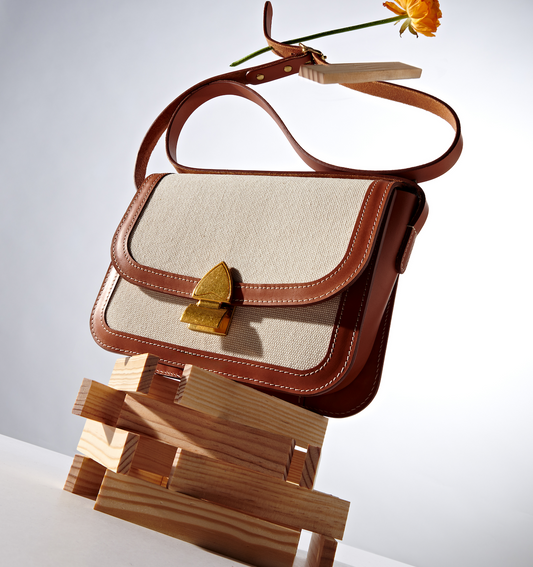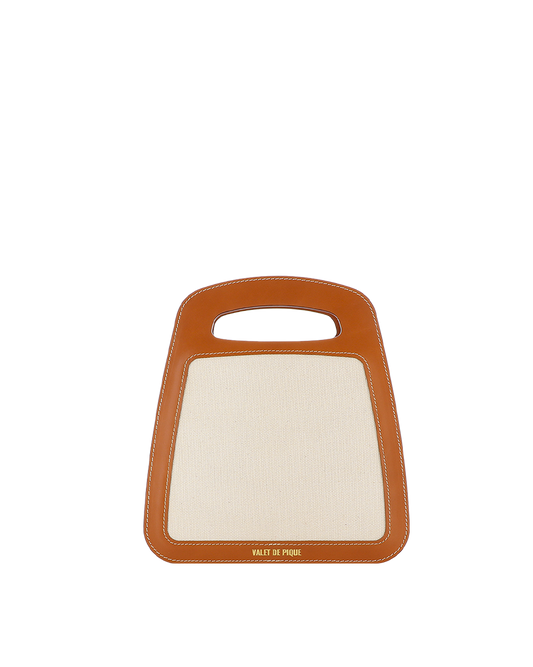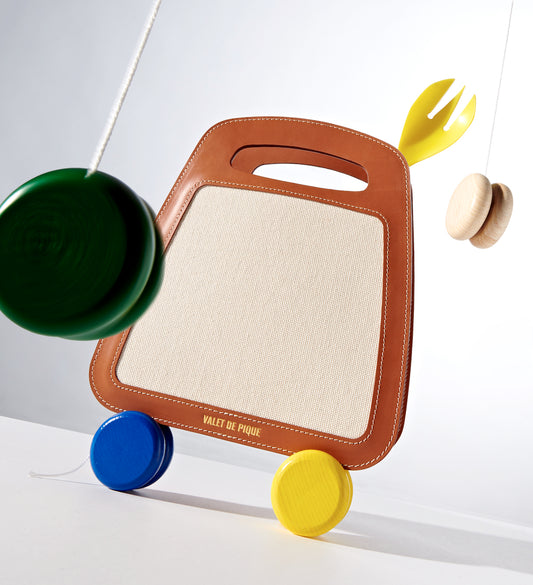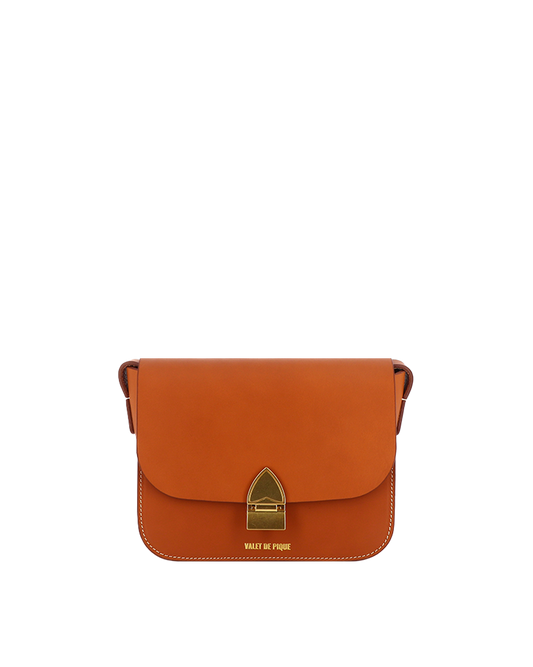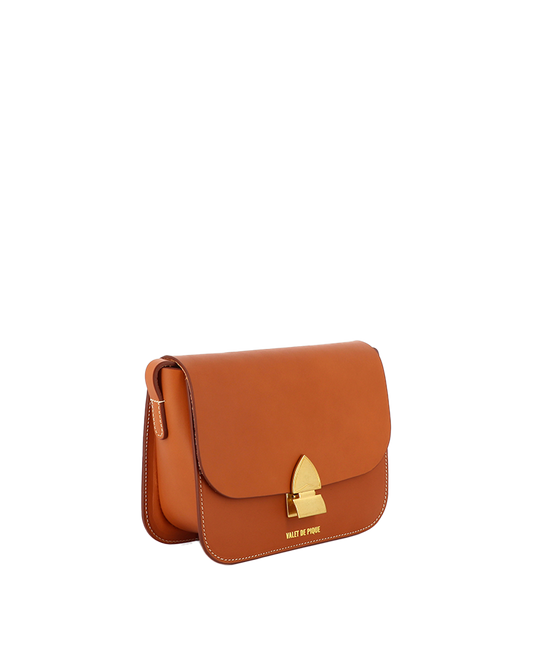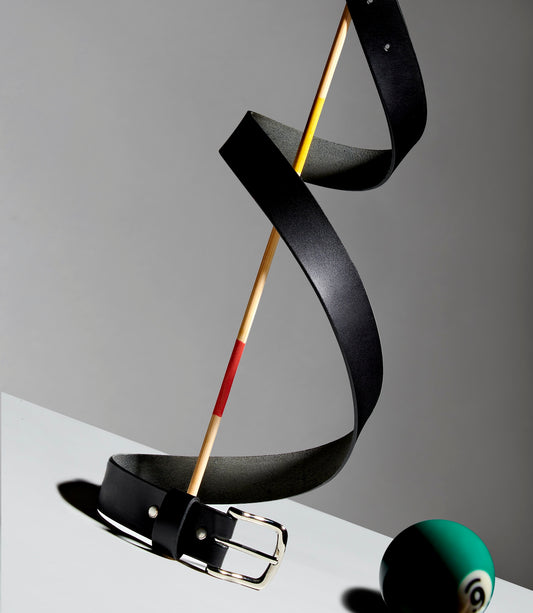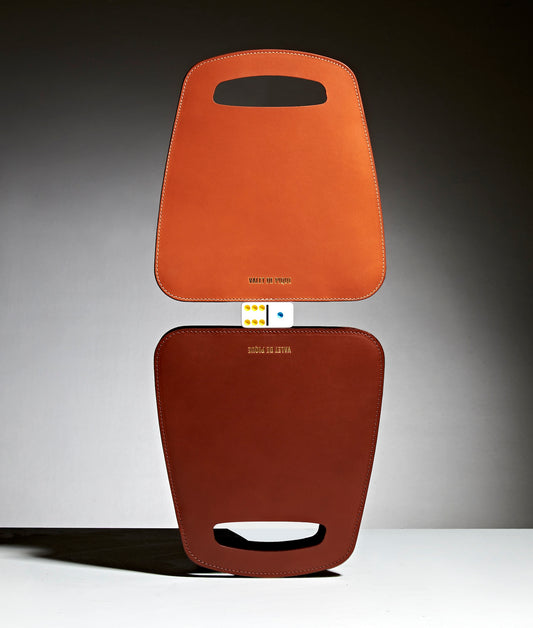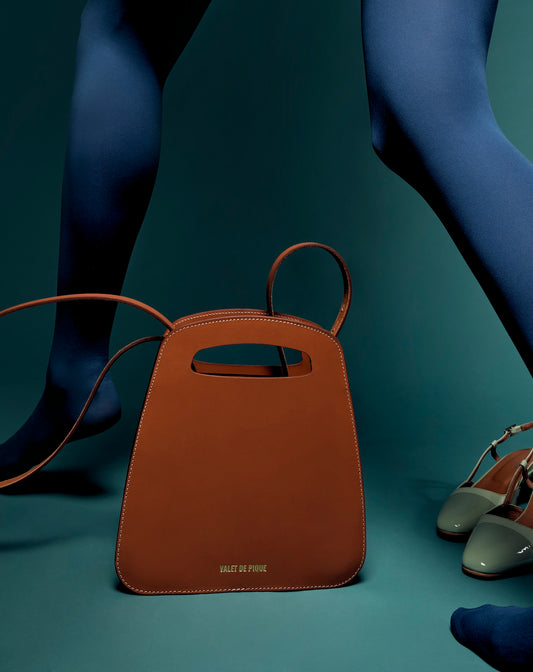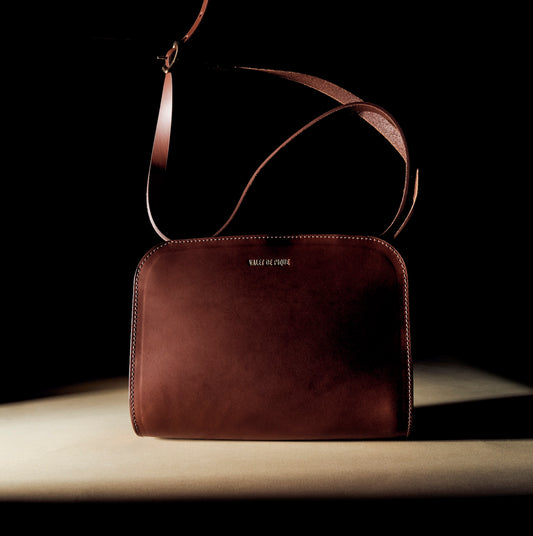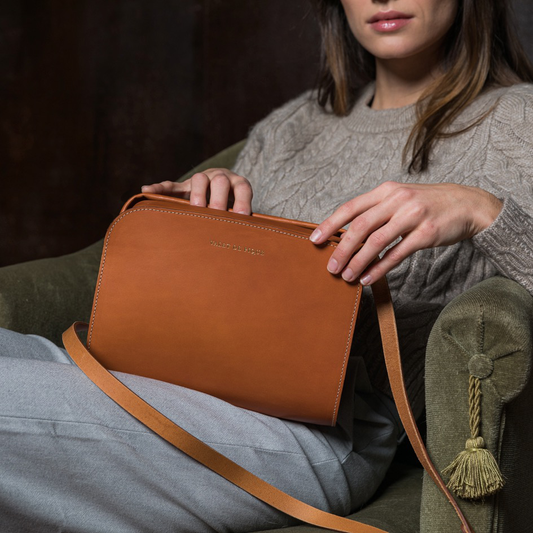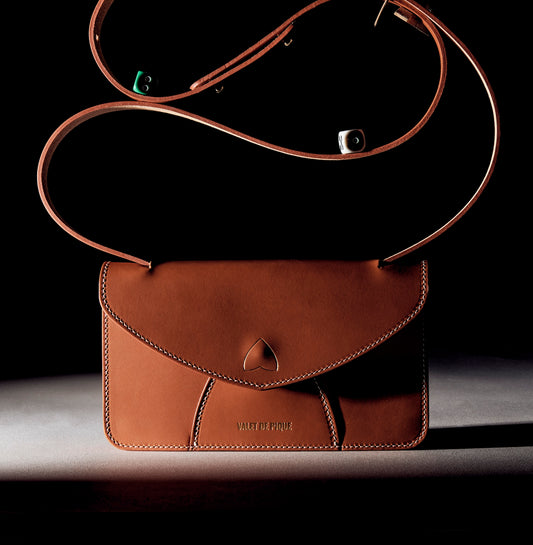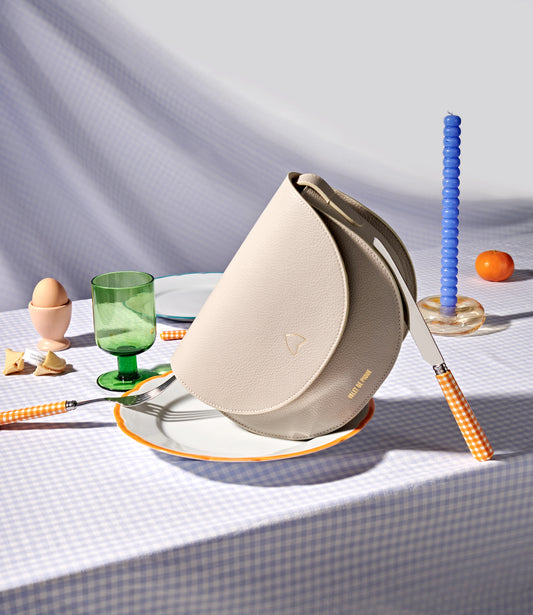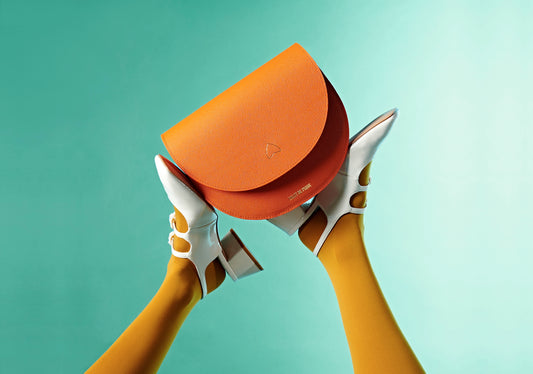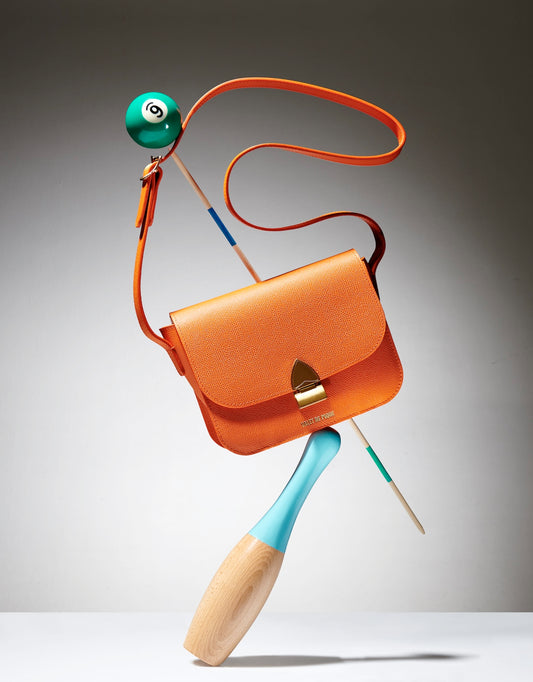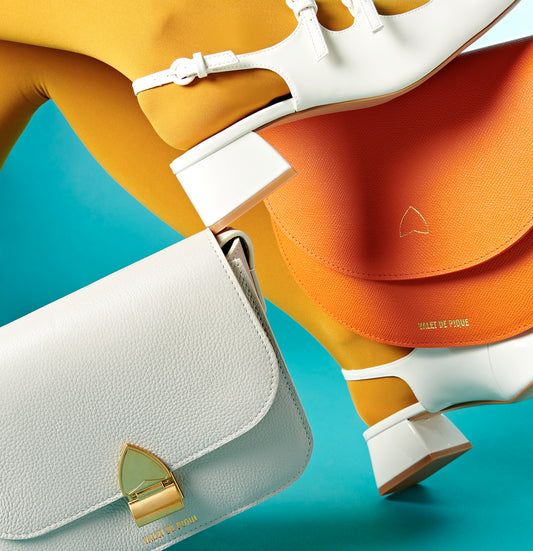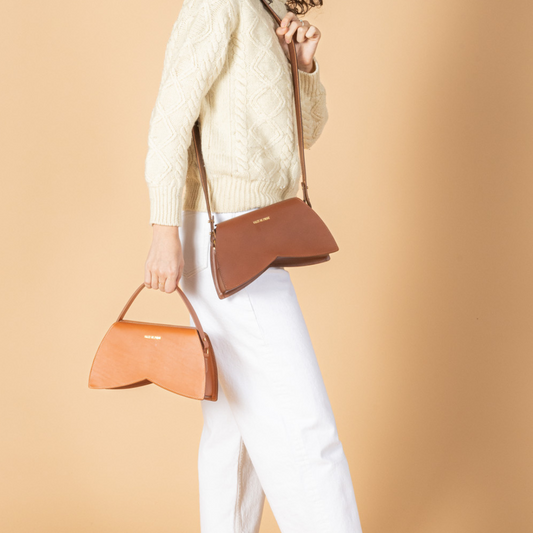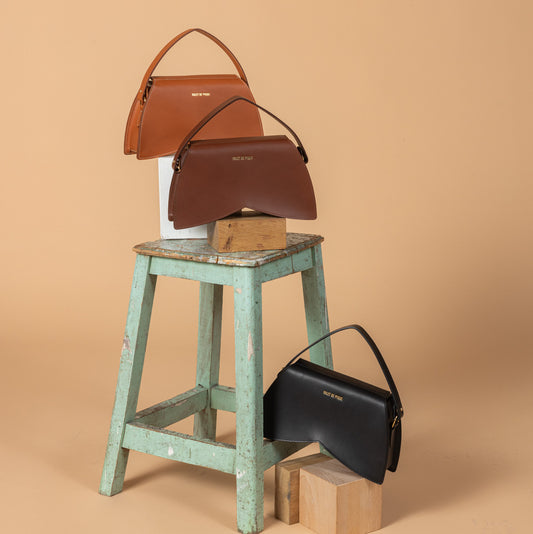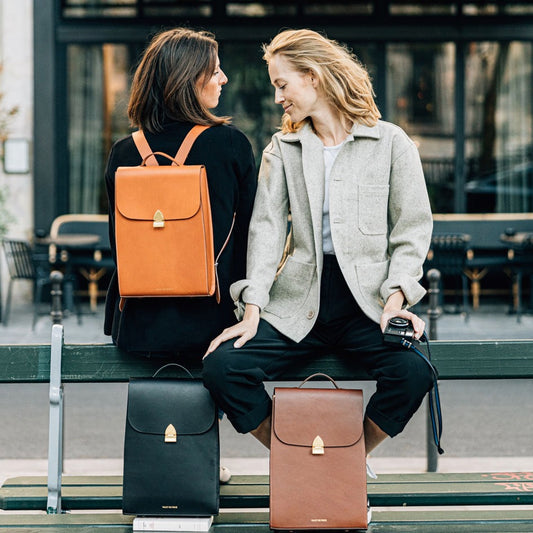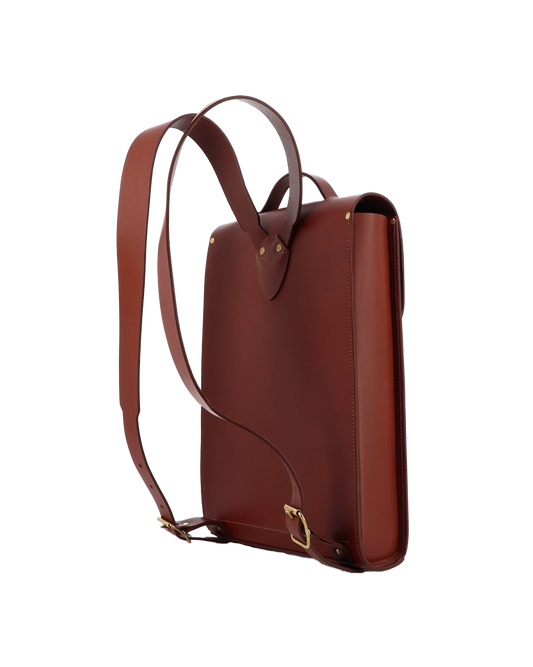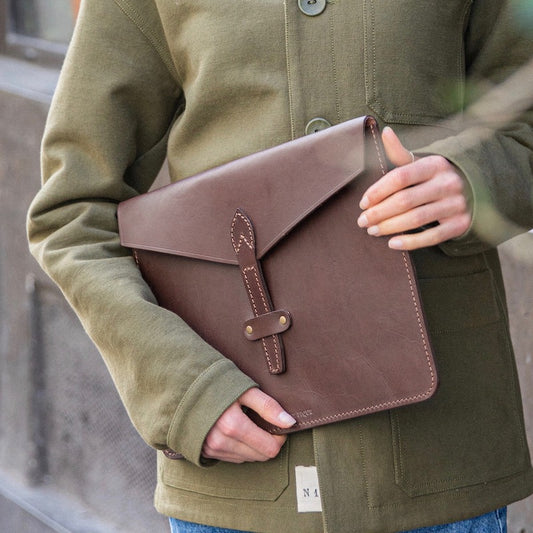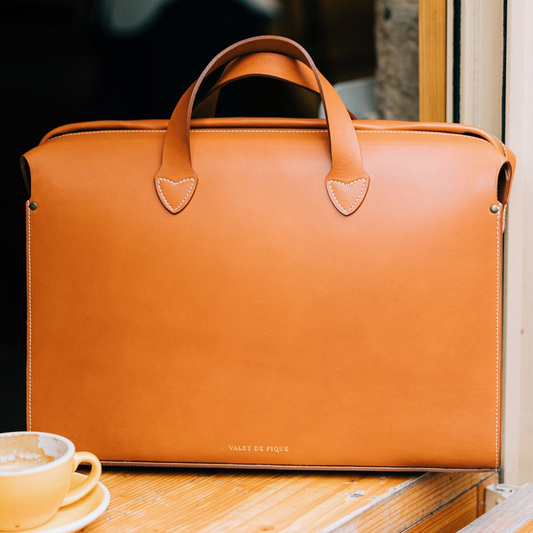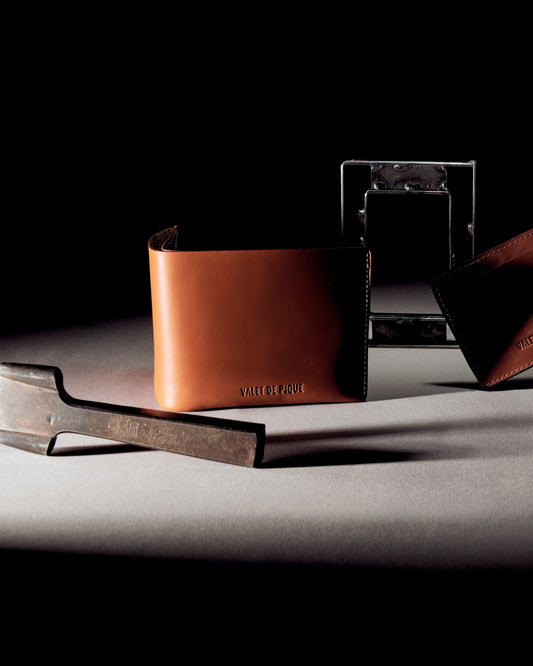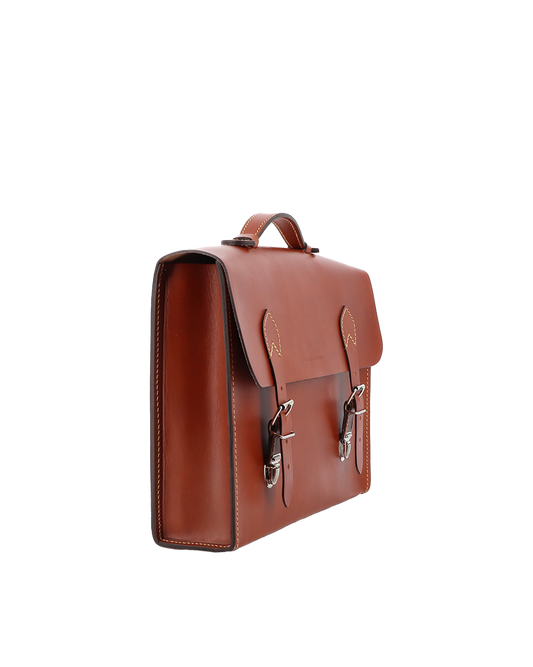
French leather goods are synonymous with elegance, quality and craftsmanship. For centuries, France has been at the forefront of the design and production of leather goods, influencing global trends and setting standards of excellence. In this article, we will explore the history and evolution of French leather goods, and how Valet de Pique continues this tradition with passion and dedication.
The Origins of Leather Goods in France
The First Steps: From the Middle Ages to the Renaissance

The art of working leather dates back to time immemorial, but it was in the Middle Ages that leather goods began to take on particular importance in France. The craftsmen of this era made leather goods for everyday and military needs, such as saddles, boots and armor.
With the Renaissance, French leatherwork took on a more artistic dimension. Artisans began to experiment with dyes, patterns and decoration techniques, transforming utilitarian items into true works of art.
The Golden Age of Leather Goods: From the 18th to the 19th Century

The 18th century marked the golden age of French leather goods. During the reign of Louis XV and Louis XVI, the demand for luxurious leather goods increased. Parisian artisans, in particular, became famous for their elegant and sophisticated creations. Caskets, traveling trunks, and other luxury items became status symbols.
The 19th century saw the industrialization of leather goods production. Prestigious fashion houses such as Hermès, founded in 1837, began to emerge, combining artisanal tradition and technical innovations.
The Evolution of Techniques and Styles

The tanning process has evolved greatly over the centuries. Early methods used vegetable tannins extracted from tree bark. This process, known as vegetable tanning, is still valued for the quality and durability of the leather it produces.
With industrialization, chrome tanning was introduced. This method is faster and produces a softer leather, suitable for the varied needs of contemporary fashion. At Valet de Pique, we mainly use vegetable tanning for its ecological benefits and the natural beauty it gives to the leather.
Artisanal Know-How: A Living Tradition

The success of French leather goods is based on meticulous attention to detail. From the choice of hides to the last stitch, every step of the manufacturing process is crucial. At Valet de Pique, we are committed to maintaining these high standards, using the best materials and applying techniques that ensure the durability and beauty of our products.
How Jack of Spades Perpetuates This Tradition
Valet de Pique strives to preserve and promote French know-how in leather goods. We are committed to offering products that are not only elegant, but also tell a story of tradition and passion. Each piece in our collection, whether it is a bag, a purse or an accessory, is designed to last a lifetime and develop an elegant patina.
Conclusion
The history of French leather goods is rich and fascinating, marked by centuries of craftsmanship and innovation. At Valet de Pique, we are proud to perpetuate this tradition by creating high-quality products that combine elegance and durability. To discover our collections and learn more about our commitment to craftsmanship, visit our site. Discover our collections .
We hope this article has enlightened you on the history and evolution of French leather goods. For any questions or to learn more about our products, do not hesitate to contact us.
